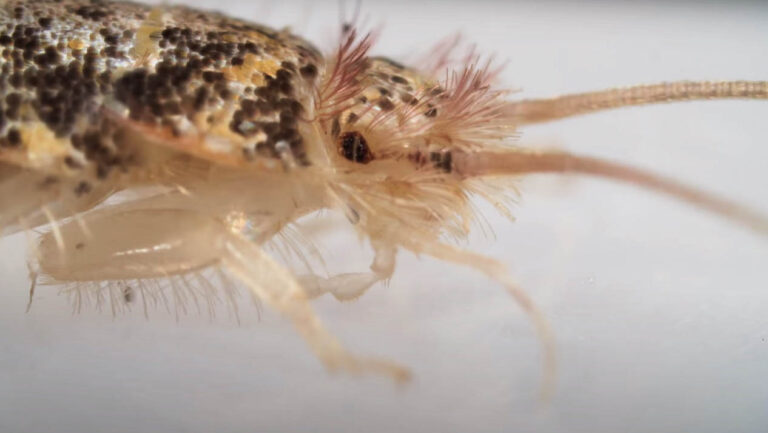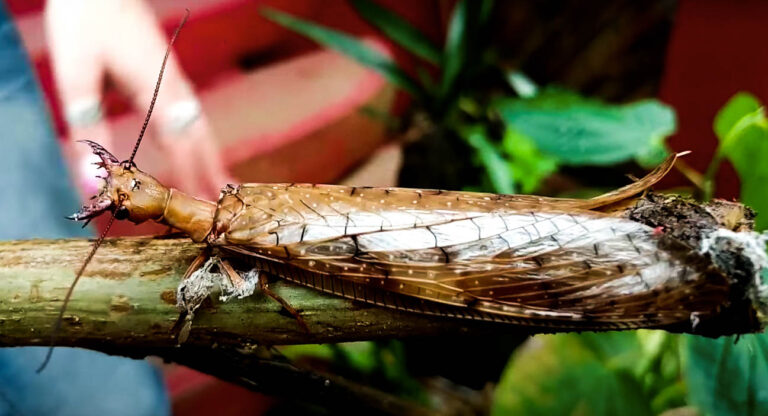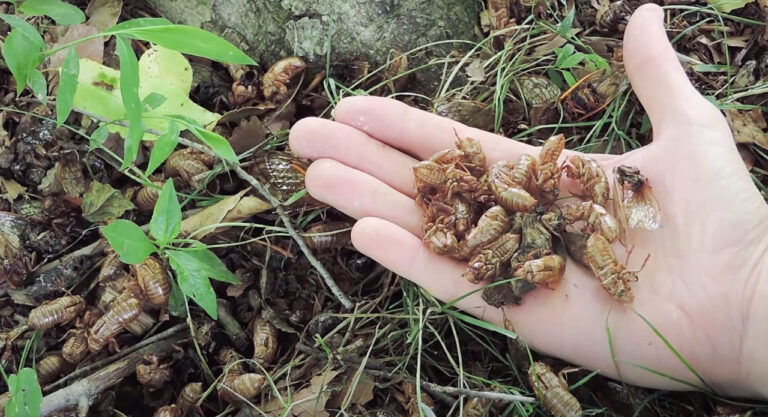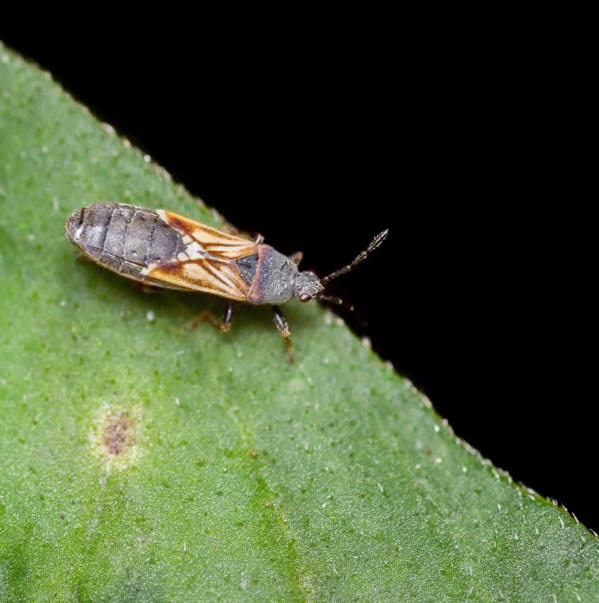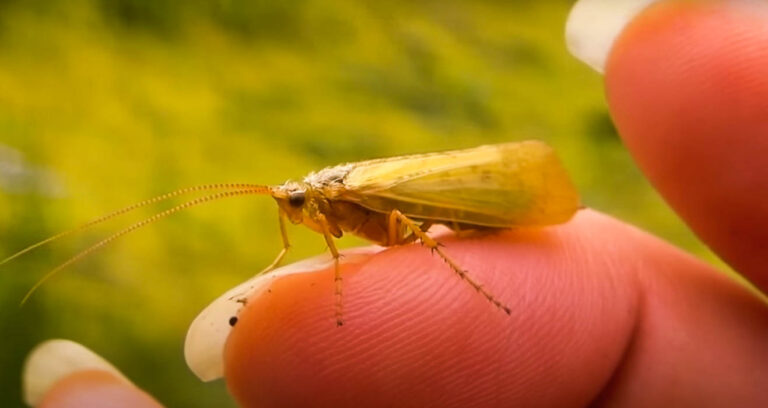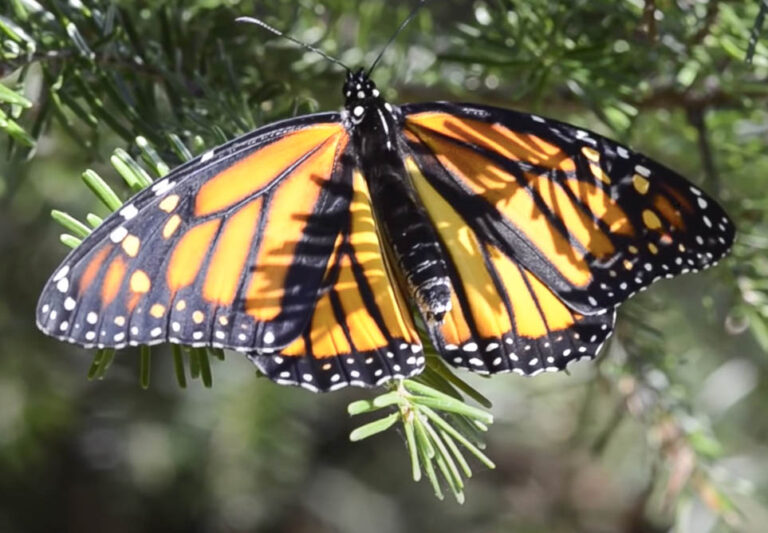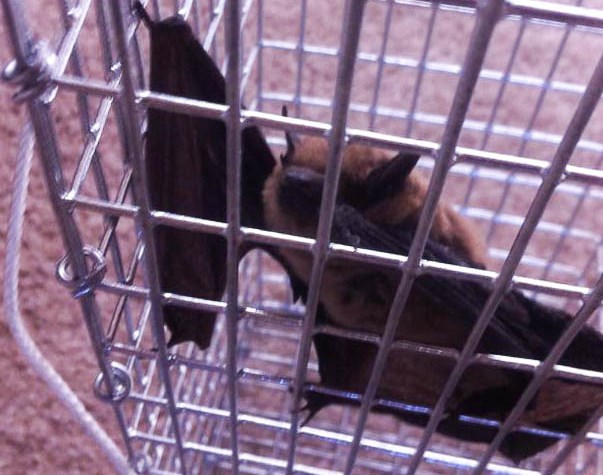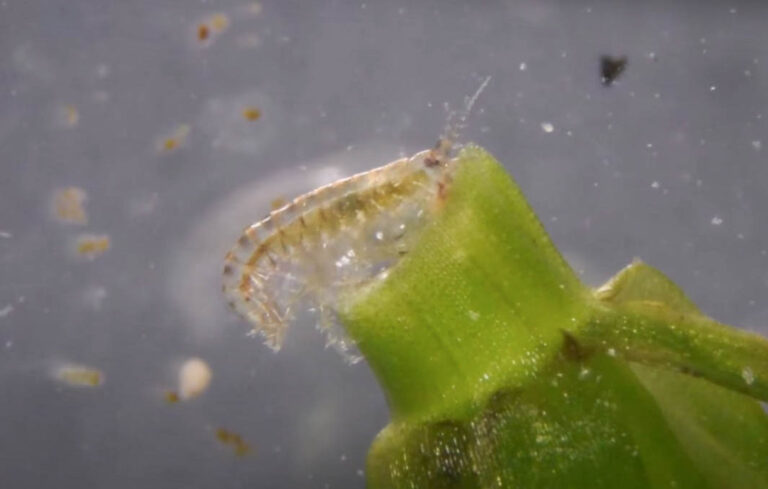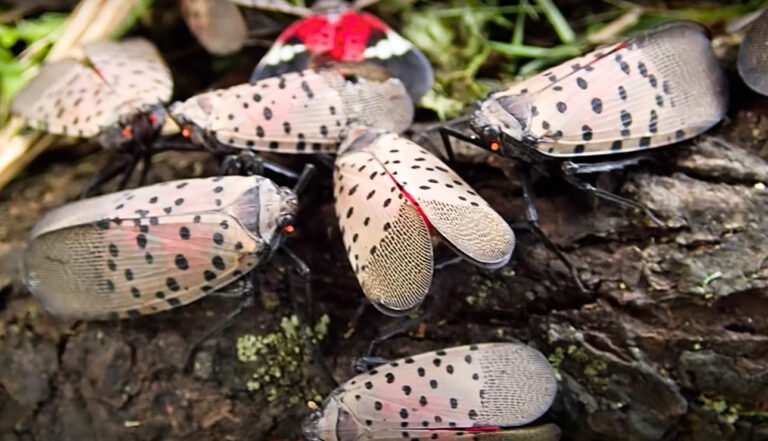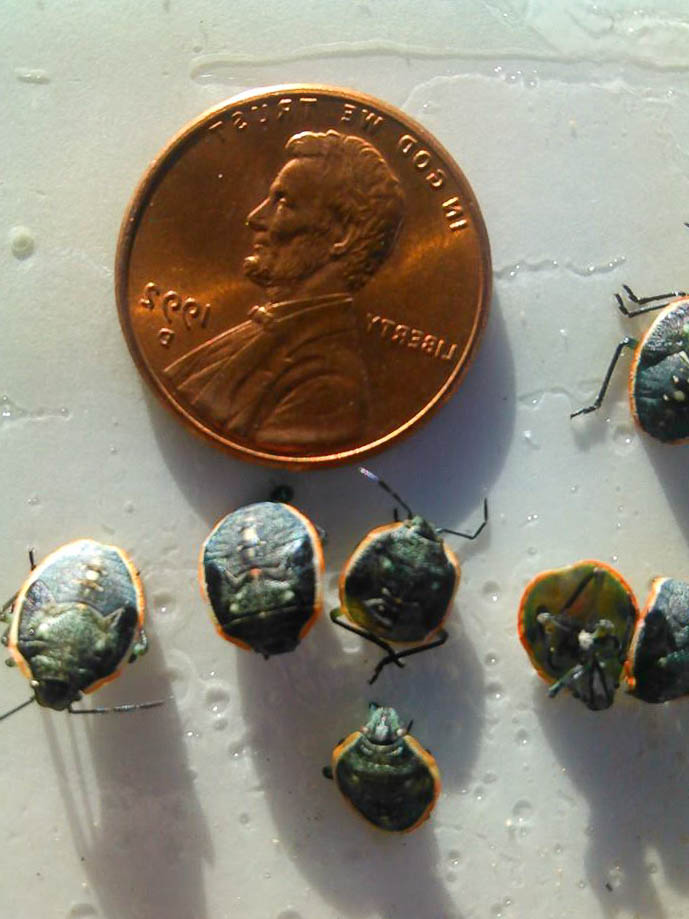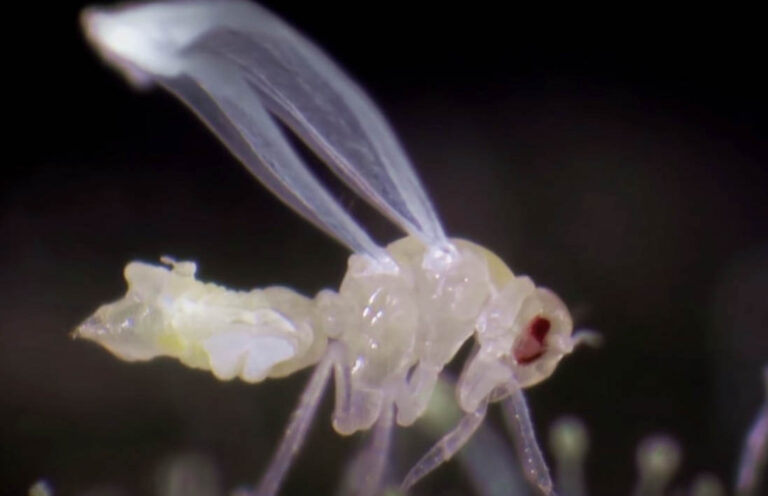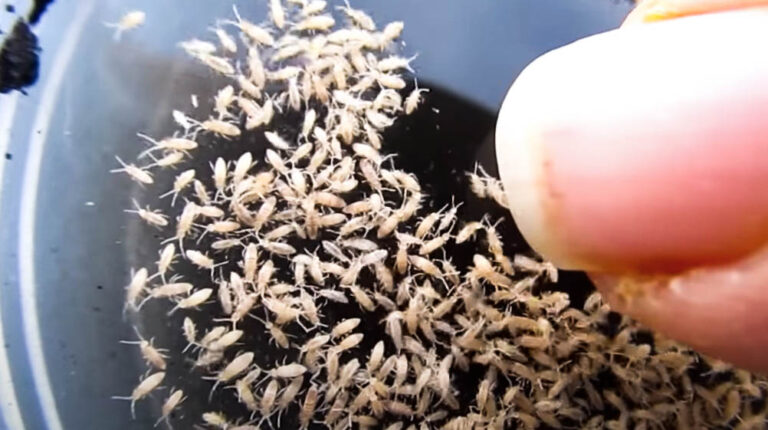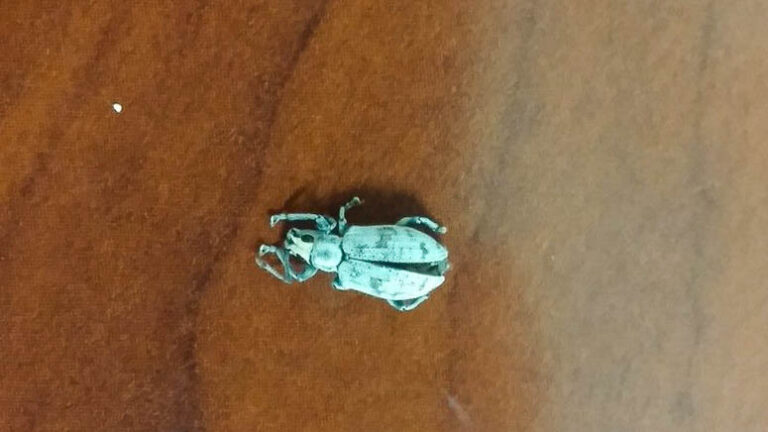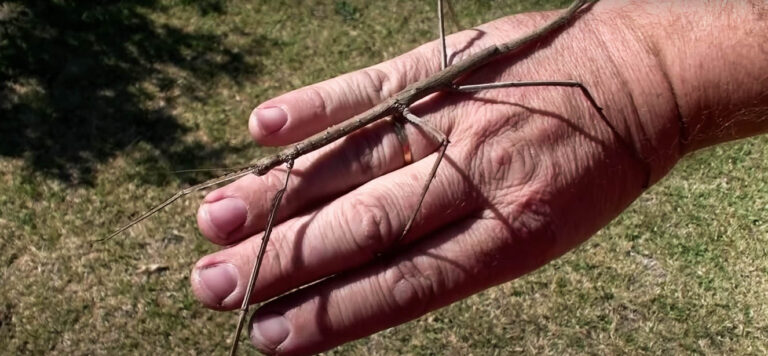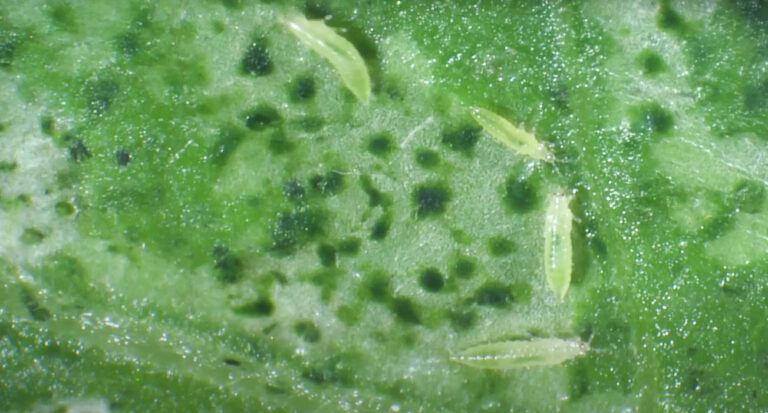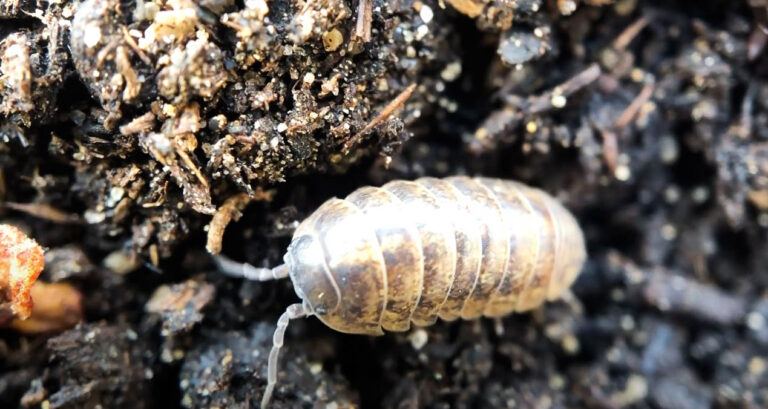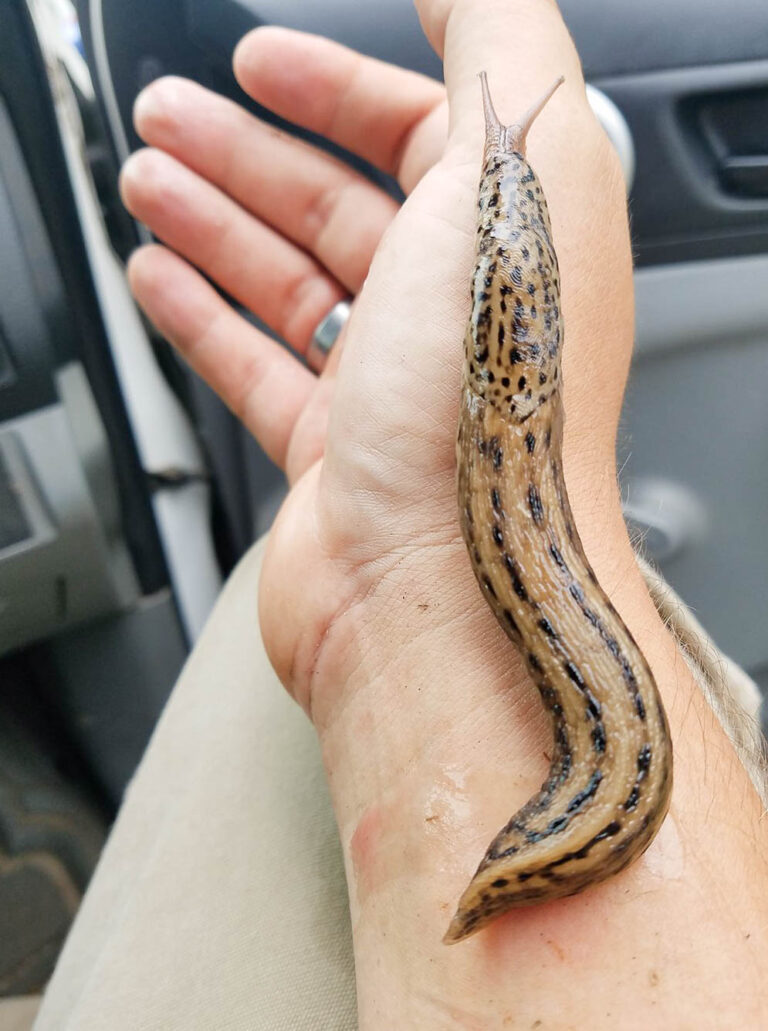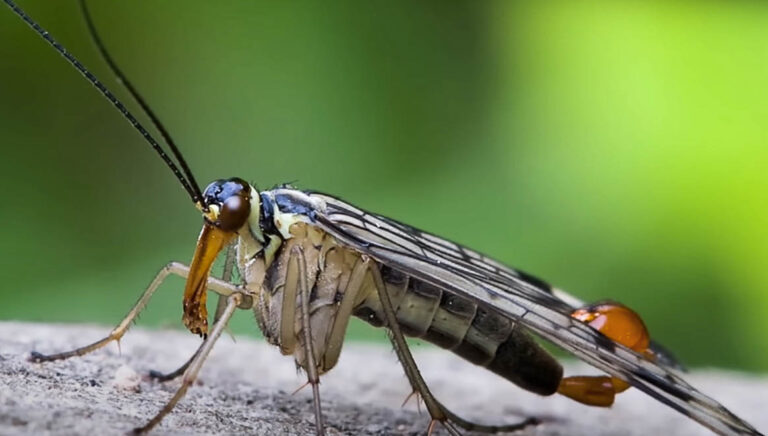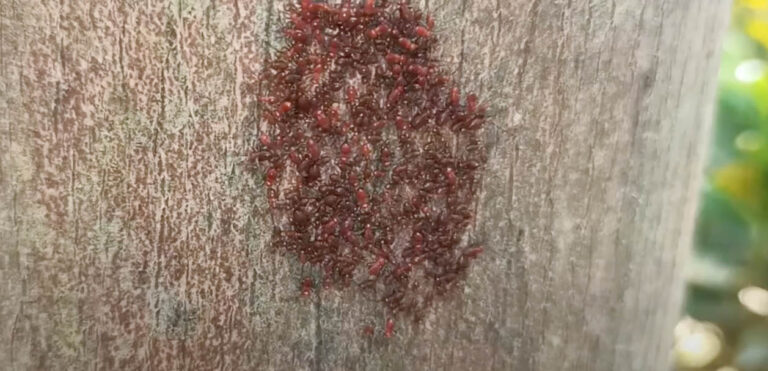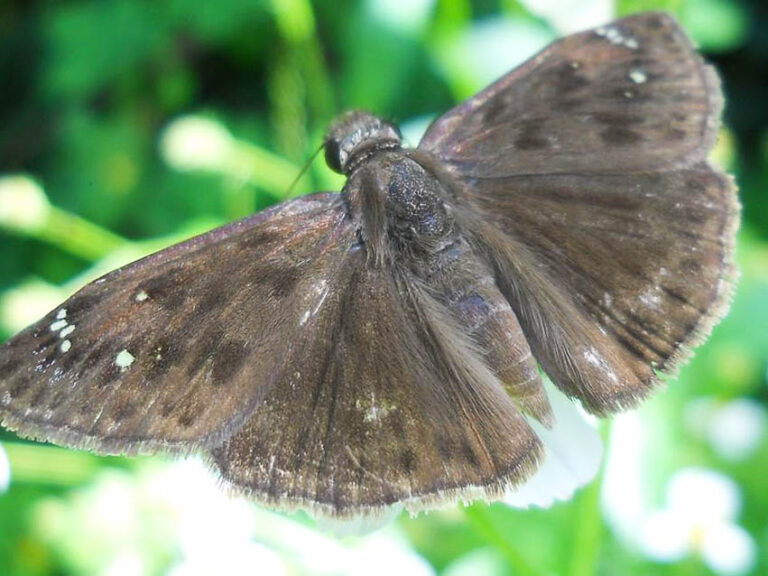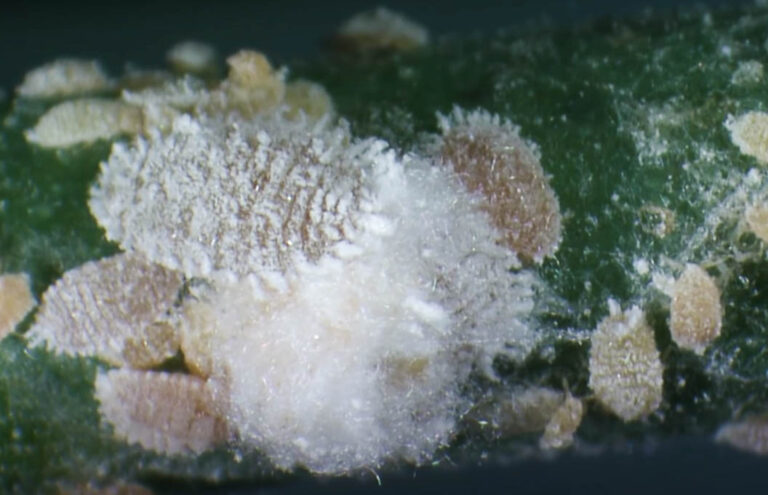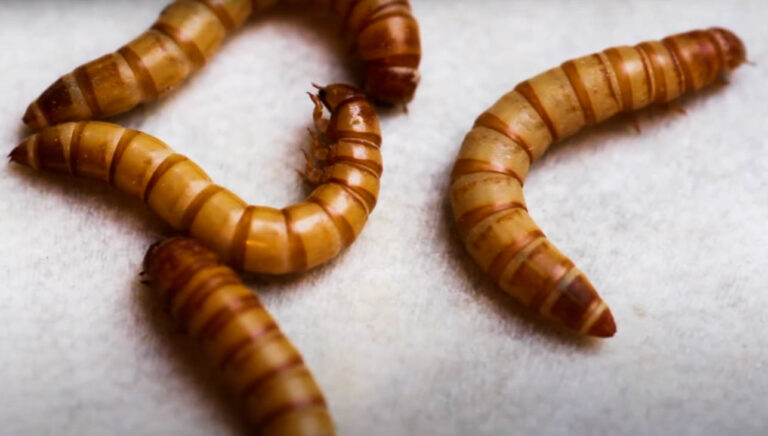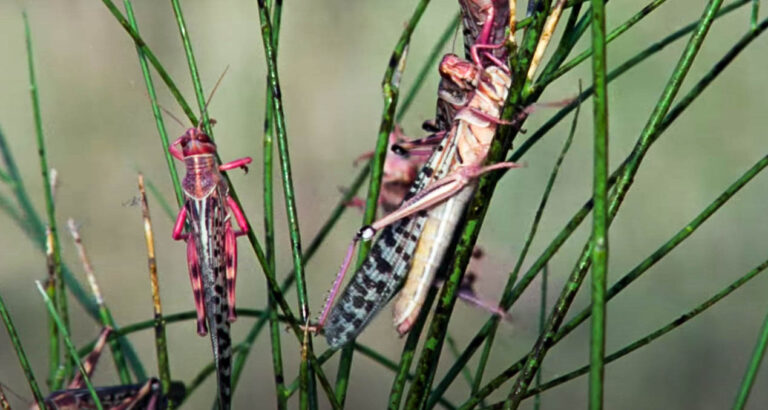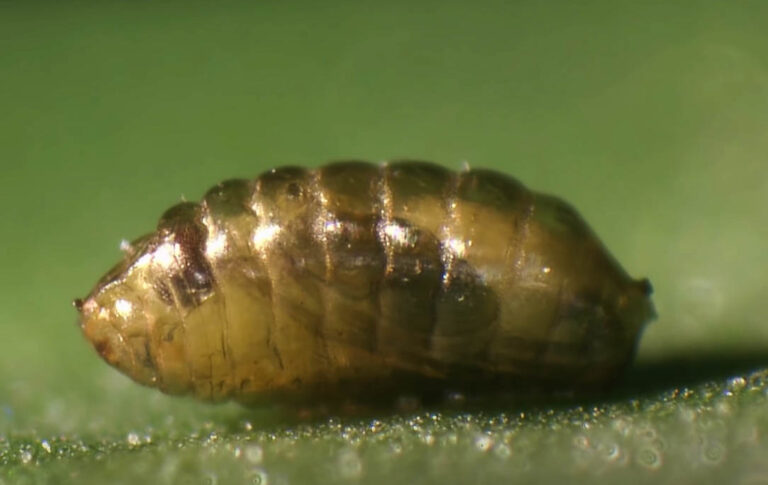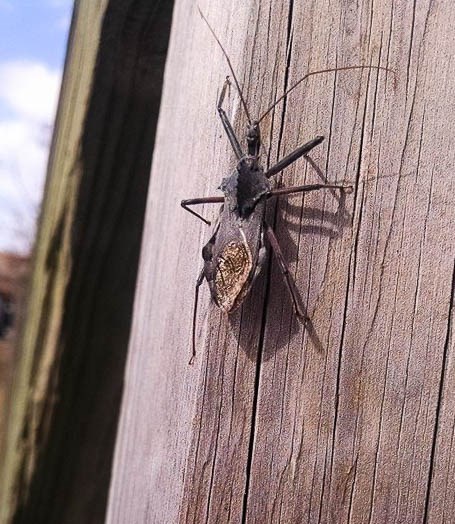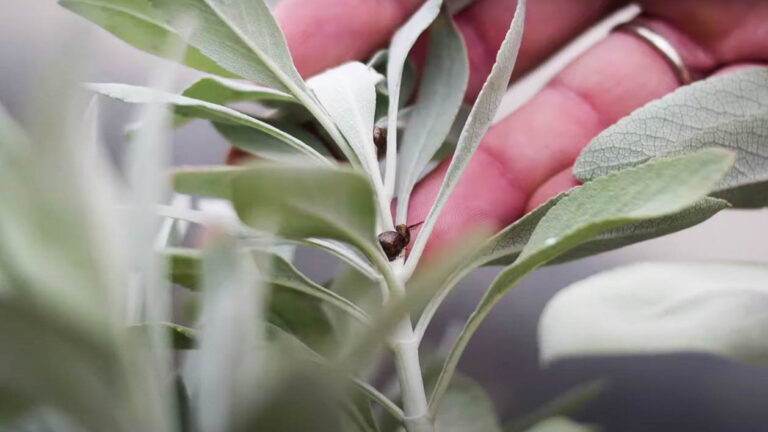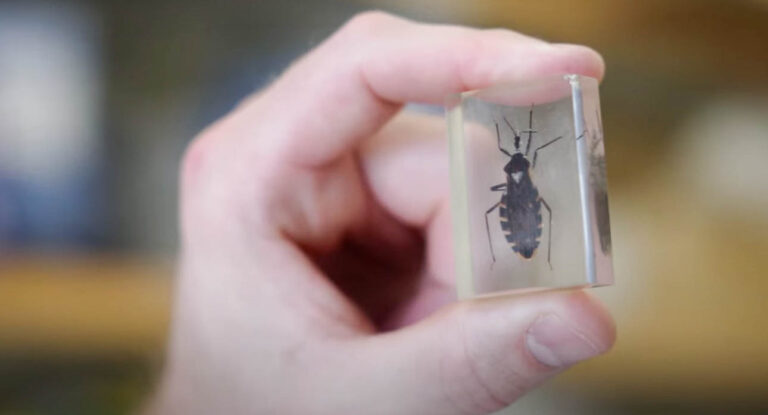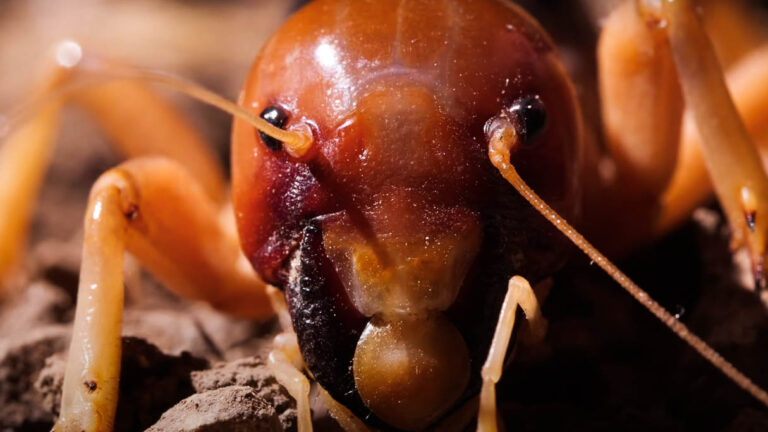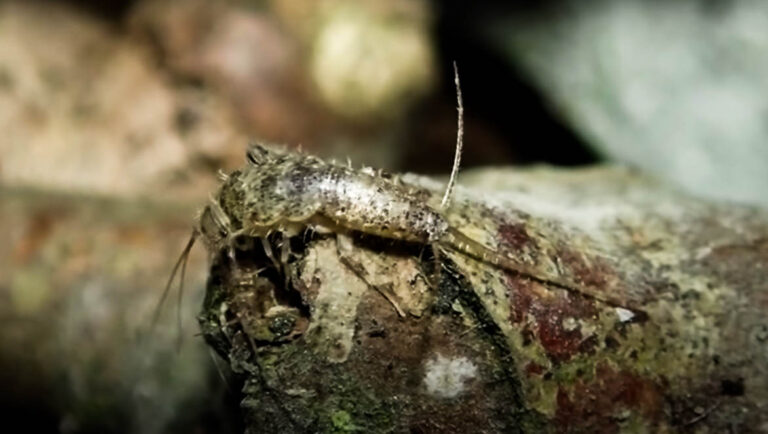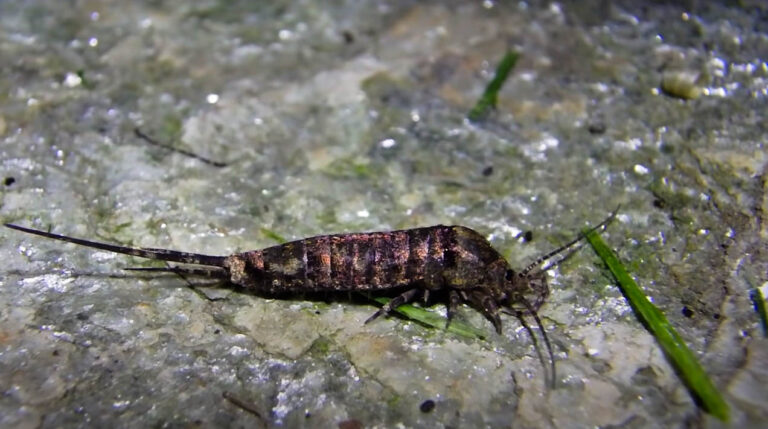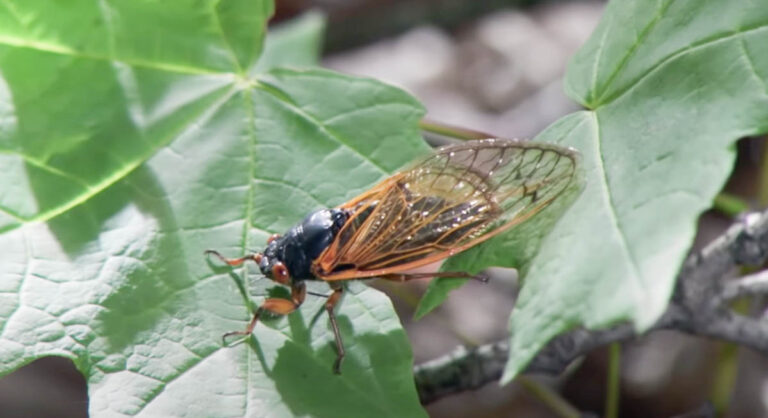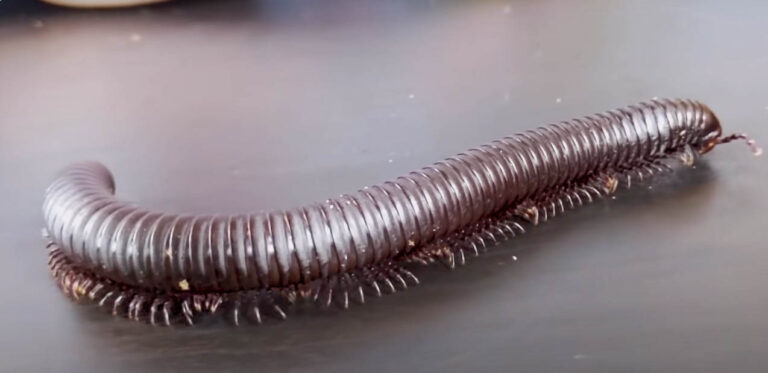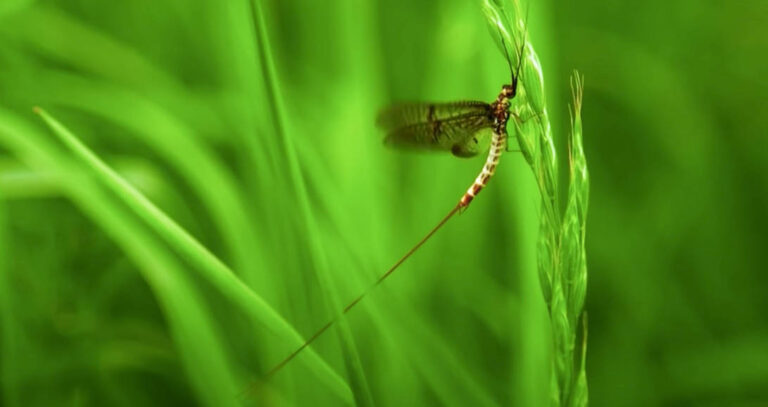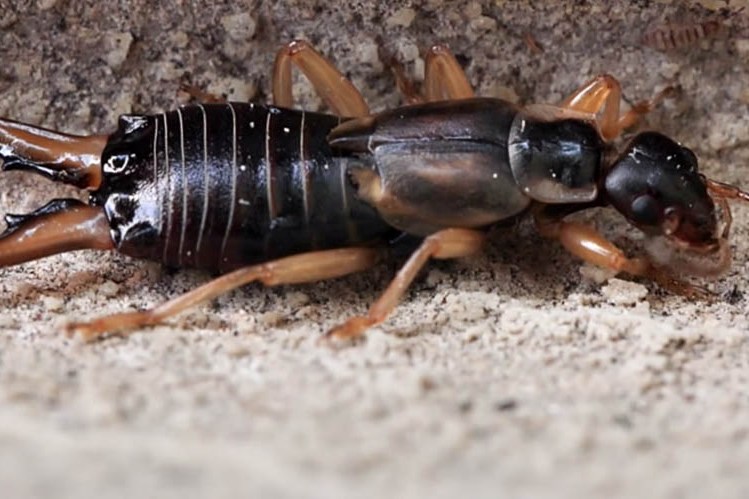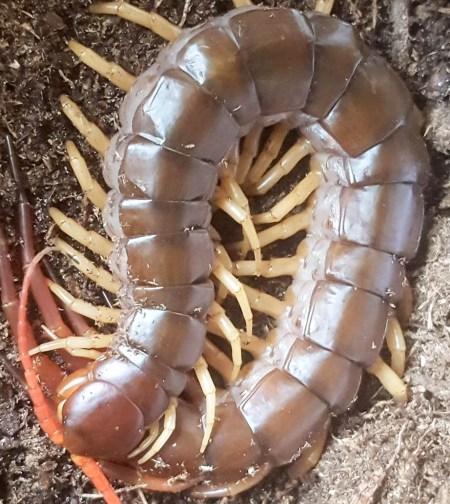About Pill Bugs
About Pill Bugs
Overview
Pill bugs are of the class malacostraca, which falls under the phylum arthropoda. The pill bug belongs to the armadillidiidae family of woodlice, a terrestrial crustacean group under the order isopoda. This woodlice family has a special attribute that makes them unique among other woodlouse families. Like pill millipedes, pill bugs can roll their bodies into a ball; a process termed conglobation. Pill bugs and pill millipedes are unrelated organisms as they both belong to different classes of arthropods. They, however, share physical similarities in their body structure and ability to roll into a ball.
Pill bugs do not originate from America. They came into American lands from Europe.
Appearance
Pill bugs are wingless, oval-shaped creatures with relatively flattened bodies. They are either gray or brown, with seven pairs of legs and well-developed eyes. These slow-moving crustaceans have overlapping plates similar to those on armadillos. Adult pill bugs can grow up to 3/4 inches in length. Although pill bugs share similar physical features with a few other animals, their closest relations are aquatic crustaceans like shrimps, lobsters, and crayfishes. Pill bugs are hemimetabolous, undergoing incomplete metamorphosis.
They start as eggs, develop into nymphs, and finally mature into adults. Female pill bugs carry their eggs in brood pouches underneath their bodies, with each brood containing an average of 28 pill bugs. It takes about 45 days for the eggs to grow and hatch. Newly emerged pill bugs molt twice within the first 2-3 weeks, after which they undergo irregular molting sessions. The average lifespan of a pill bug is about two years.
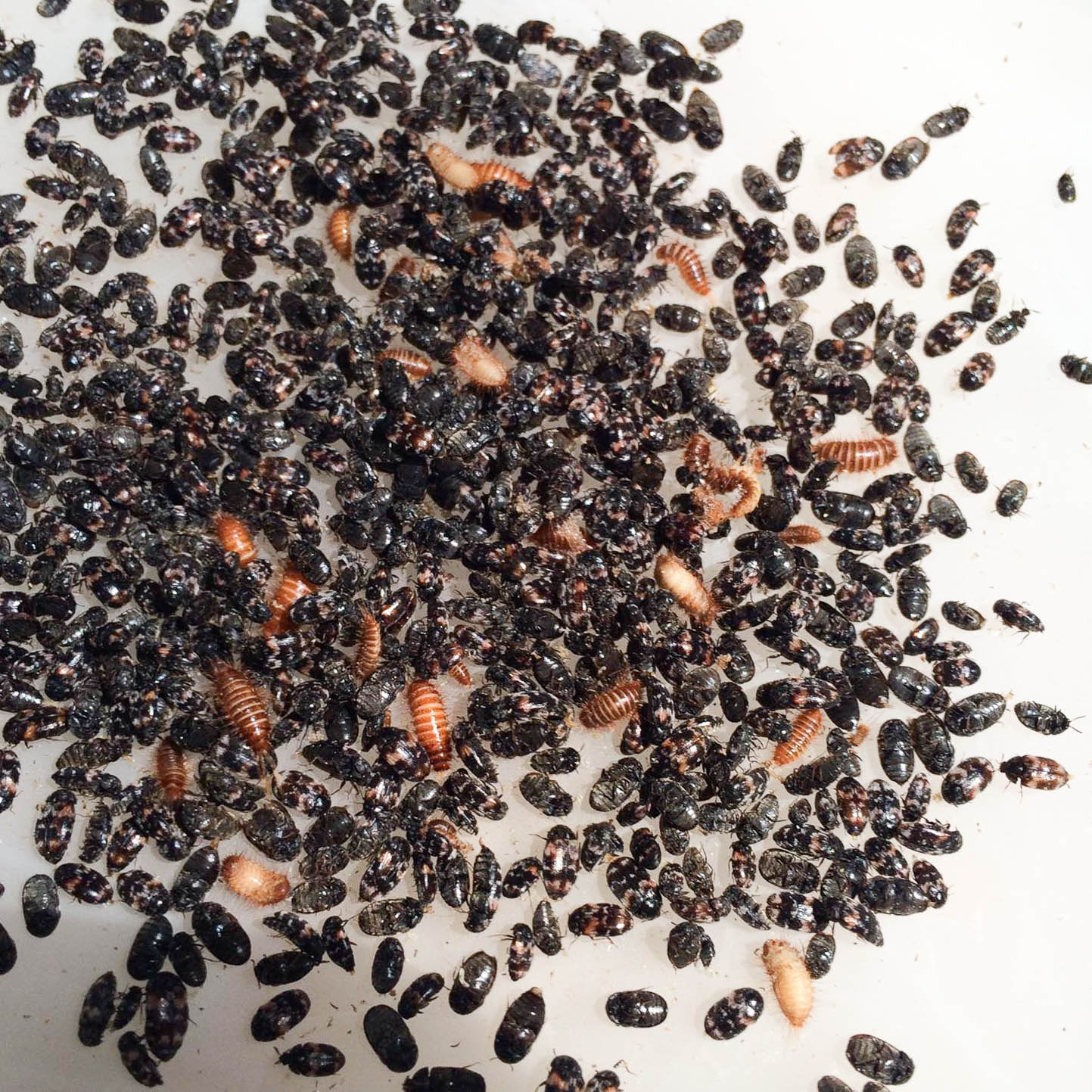
Behavior
A pill bug will roll its body into a ball as a means of defending itself against potential threats in a process termed conglobation. Physical stimuli such as vibrations and pressure trigger the pill bug’s conglobation. Pill bugs are detritivores in nature. Being outdoor creatures, their diet consists primarily of decaying or decomposed plant and organic matter. They will also feed on shed snakeskin, decaying animals, and animal droppings.
During the wet seasons, pill bugs will feed on the leaves, roots, stems, shoots, tubers, and fruits of young plants. They will also crowd together, reducing their respiratory functions in a bid to reduce water loss
Habitat
Pill bugs live in moist environments with lots of food. You will find them hiding under mulch, damp rocks, woodpiles, leaf litter, and other debris during the day. At night, they emerge from their hiding places to forage for food.
Damage They Cause
Pill bugs are not carriers of harmful diseases. They also do not bite or sting, but they cause a variety of physical damages for farmers.
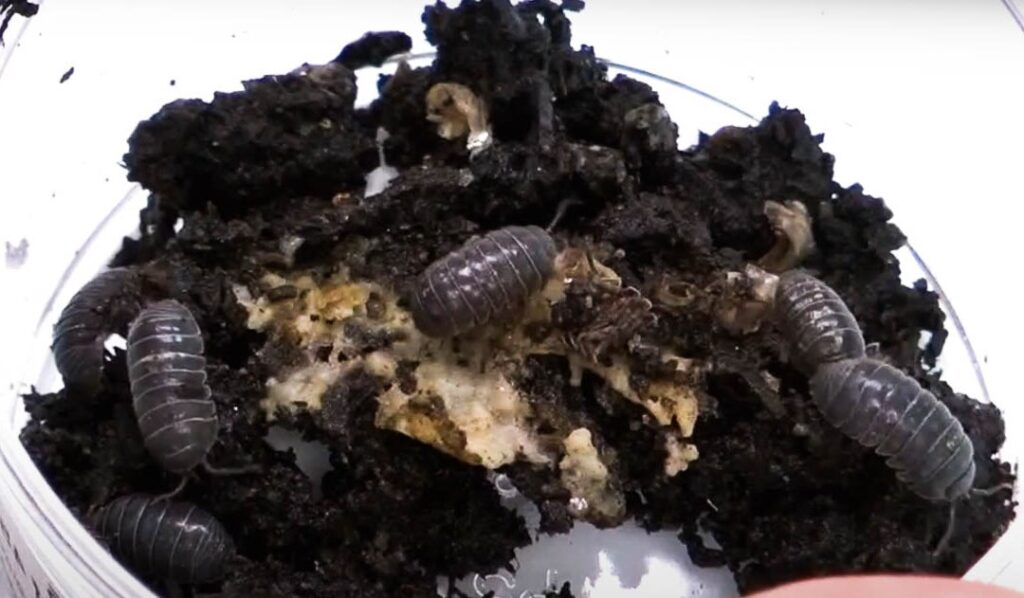
They consume a wide array of crops, including corn, melon, peas, spinach, potato, lettuce, beans, cucumber, and strawberries alongside other crop plants. Their constant strawberry consumption ultimately leads to significant loss during harvesting.
Apart from feeding on indoor plants, they also do not cause physical damages to household items. Despite pill bugs being a part of the woodlouse family, they do not eat wood.
Infestation Signs
Pill bugs are generally outdoor creatures as their living conditions demands for them to be outdoors. However, if you have a farm or garden on your property with plenty of food, they will decide to set up residence there. Typically, pill bugs found indoors are stray creatures that will have accidentally wandered into your home. However, if you see a few pill bugs in your house, it simply means that a larger population is somewhere outside.
How to Get Rid of Them
Getting rid of pill bugs is relatively easy. All you have to do is make your surroundings unsuitable for them. The first step in getting rid of pill bugs is to eliminate moist areas that facilitate their survival. Make sure that your house has proper ventilation. Carry out routine building maintenance to ensure that no critter enters your home. Seal off cracks and crevices around vents, doors, and windows using caulk or any suitable material. Use a vacuum to remove pill bugs found indoors.
Routine landscaping is also essential to controlling the number of pill bugs in your home. Mow your lawn, trim overhanging tree branches, clean up leaf litters, grass piles, and other debris. Avoid keeping firewood on the ground. Instead, place them on hangers or racks where bugs cannot reach.
You can also hire a licensed pest control company if the infestation is too large for you to handle. They will send a technician to assess the issue and provide an effective, family-friendly treatment.

